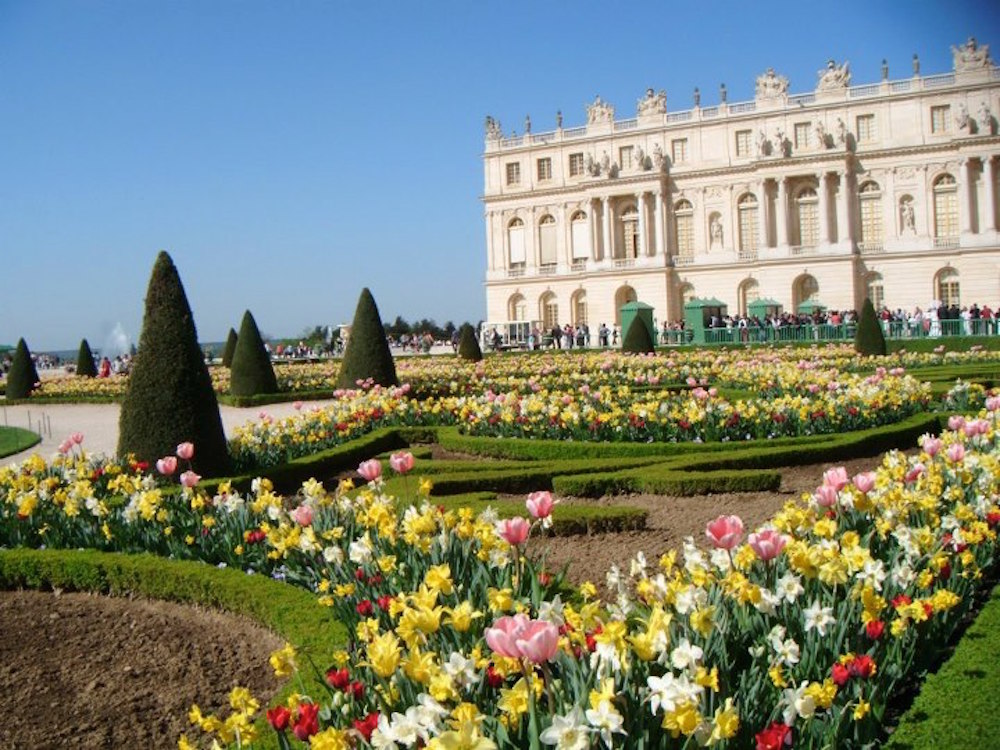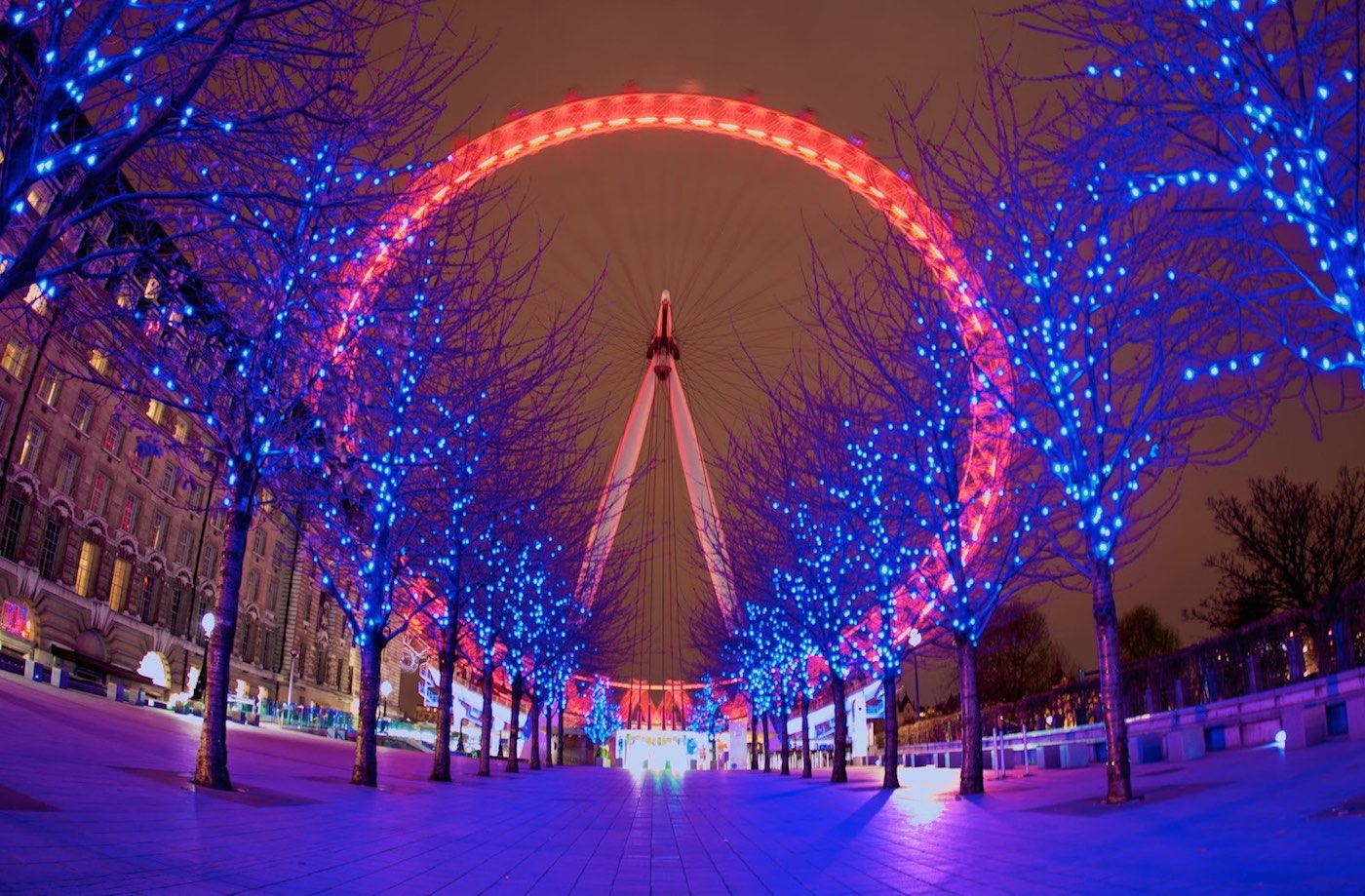“City Gardens have environmental benefits. It provides a sense of connectivity and connection to the environment.”
Gardens may help alleviate one effect of climate change which is expected to cause a global decline in agricultural output, making fresh produce increasingly unaffordable. Plants also help remove pollutants in the air. During the process of photosynthesis, the flower’s leaves absorb carbon dioxide and release oxygen. Additionally, planting flowers can help hold soil in its proper place, reducing erosion and flooding.
10. Sans Souci
Potsdam, Germany

Frederick the Great of Prussia built the splendid rococo palace as his summer place, where he could live without a care, Sans Souci. Busts of Roman emperors, decorative statues, and a Chinese teahouse dot the lavish grounds.
9. The Master of Nets Garden
Suzhou, China
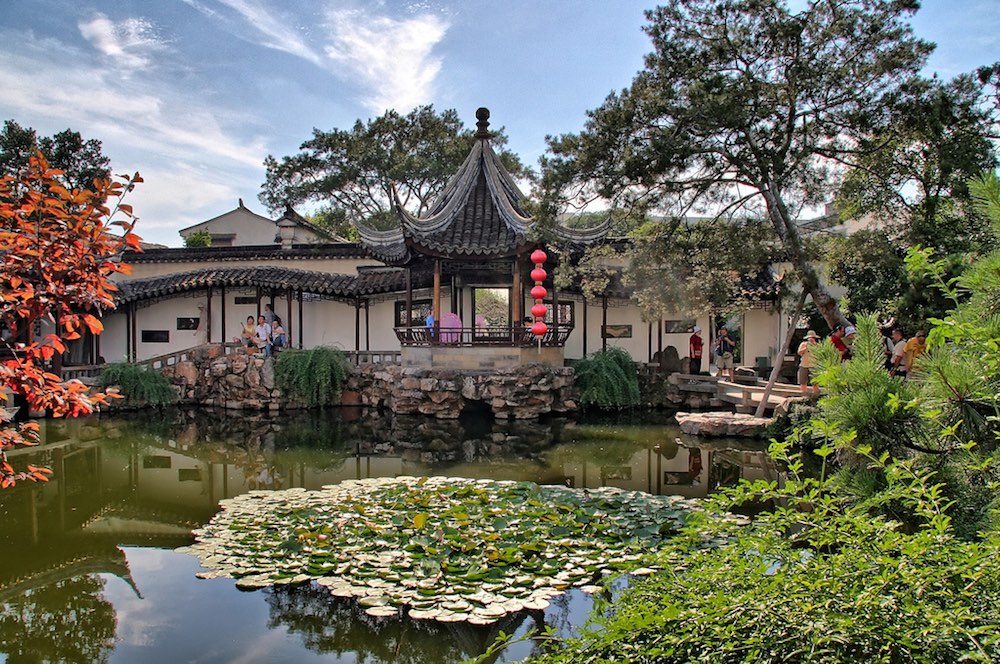
This residential garden in southeast China, called Wangshiyuan in Chinese, was designed during the Song dynasty (A.D. 960-1270). The arrangement of pavilions, halls, music rooms, winsome bamboo groves, and waterside perches is an exercise in natural harmony. The central section is a small world within itself; piles of yellow stones form “mountains” complete with caverns, and a tiny arched bridge called the “leading to quietude” crosses a pond to a small pavilion in the center.
From our partners:
8. Stourhead
Warminster, England
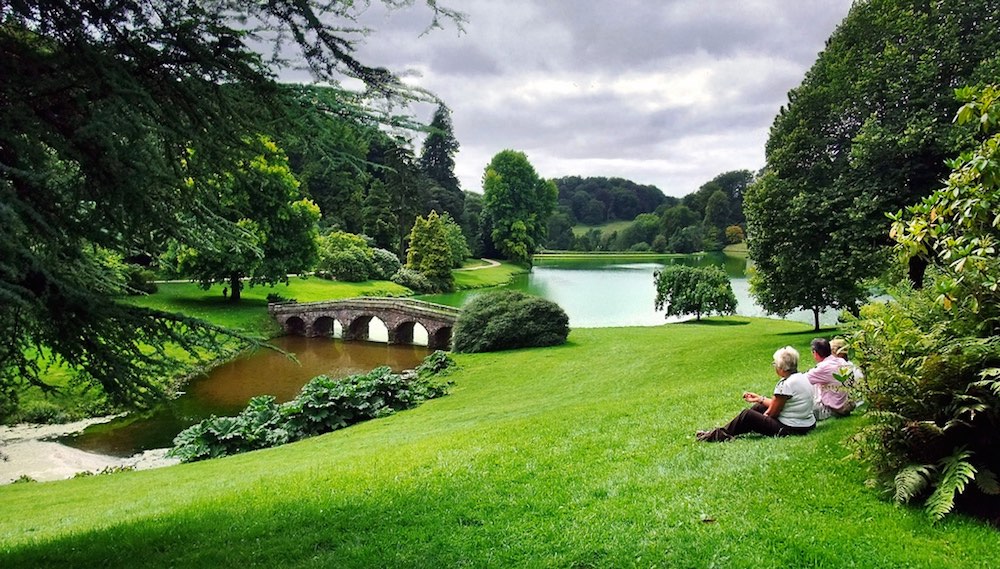
To the English gentry of the 18th century, the more classical something could be, the better. Stourhead is a grand example of genteel fascination with the past. Henry Hoare II punctuated the gardens of his Wilshire estate with re-created ruins and classical buildings such as the Pantheon and Temple of Apollo.
7. Gardens of the Villa Éphrussi de Rothschild
St.-Jean-Cap-Ferrat, France

In the early 1900s, Béatrice Éphrussi, a Rothschild baroness, built a pink-confection, Venice-style villa surrounded by breathtaking gardens, with the sparkling sea beyond. Pathways meander through the seven themed gardens, the focal point being the French gardens, with a lily-pad-dotted pool, dancing fountains, and a Temple of Love replicating the Trianon at Versailles. There are also a Provençal garden, filled with olive trees and lavender; a lapidary garden, with sculptures too large to be displayed in the villa; and Spanish, Japanese, Florentine, and exotic gardens.
6. Dumbarton Oaks
Washington, D.C.

You might feel as though you’ve stepped into a Merchant-Ivory set in any of the gardens that make up this estate at the north end of Georgetown, one of Washington’s poshest neighborhoods. Vines tumble down stone walls enclosing the Fountain Terrace. Lovers’ Lane meanders past a Roman-style amphitheater built around a small deep-blue pool. And what used to be a simple cow path leading away from the pool is now called Melisande’s Allée, perhaps as a nod to the haunting opera Pelleas et Melisande.
5. Villa d’Este
Tivoli, Italy

A Renaissance cardinal decided to make life in Tivoli bearable by turning a dilapidated Benedictine monastery into a lovely villa, the Villa d’Este. This was embellished by one of the most fascinating garden and fountain complexes in the world, recently listed by UNESCO as one of Italy’s 31 major historical/artistic sites. Among the most bewitching of the mossy fountains are the Fontana del Bicchierone (water pours out from a large shell-shaped basin); the Rometta fountain, which is a miniature Rome complete with a wolf-suckling Romulus and Remus; and the Avenue of the Hundred Fountains, where animal heads, lilies, a small boat, basins, and so on all spurt water.
4. Butchart Gardens
Vancouver Island, British Columbia

The Butchart Gardens are a dazzling example of a successful reclamation project. The land, used for years by Portland Cement, by 1904 had exhausted its value as a quarry. That’s when Jennie Butchart, the wife of Portland Cement’s owner, filled the space with soil from nearby farms. Her vision expanded into a 55-acre (22-hectare) tract filled with 700 varieties of plants that bloom from March to October.
3. Powerscourt Gardens
Enniskerry, County Wicklow, Ireland
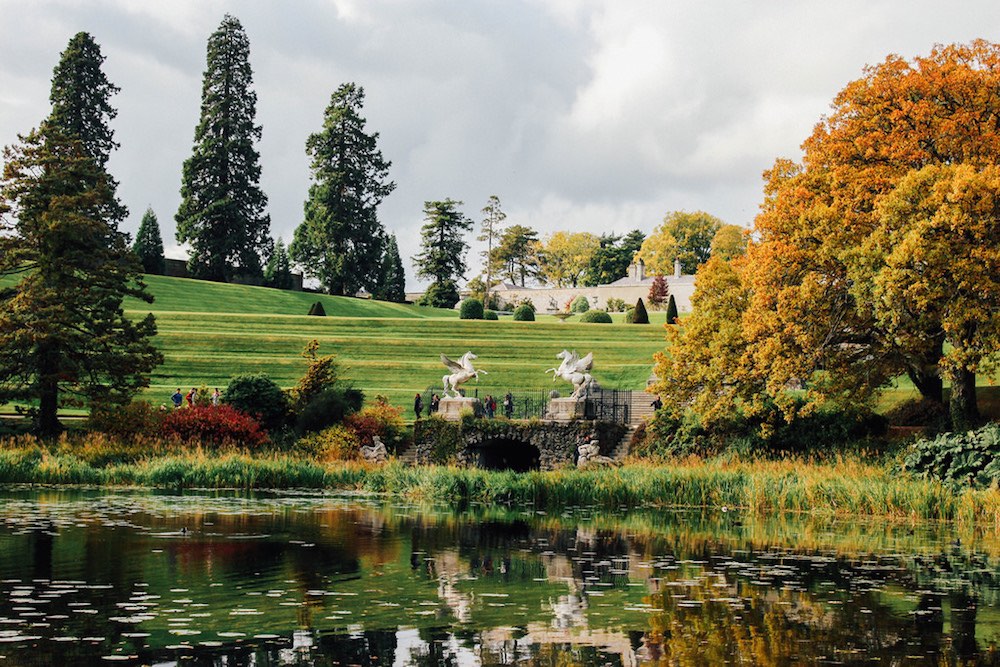
The gardens and grand Palladian villa at Powerscourt, south of Dublin, were designed in the 18th century and punctuate 19 hectares (47 acres) of formal walled gardens and shaded ponds. The grounds, waterfalls, parks, garden pavilions, and fine tree-lined arbors were suggested by the Italian Renaissance and the great estates and gardens of France and Germany. Cascading terraces and formal landscapes are planned with carefully designed walks that are framed by the gentle beauty of the Wicklow Mountains.
2. Royal Botanic Gardens at Kew
Kew, Richmond, Surrey, England
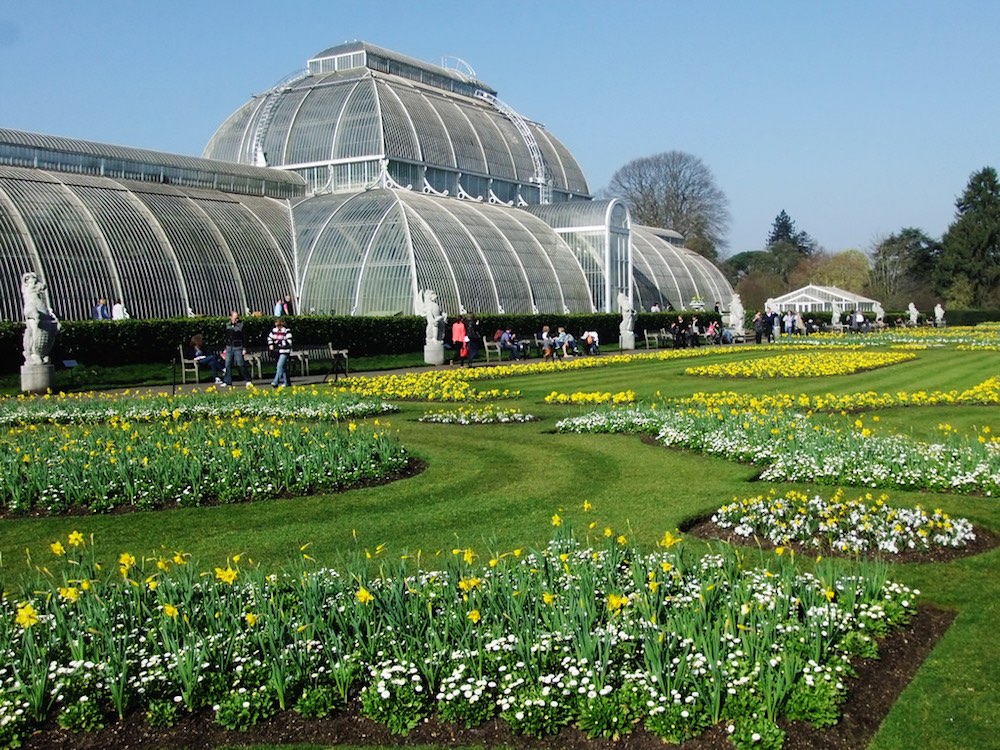
Set amid 132 hectares (326 acres) of landscaped grounds, greenhouses are a popular feature of the gardens. Underneath their domes, botanical science and conservation come together in an elegant setting 16 kilometers (10 miles) from London. The Temperate House is the world’s largest Victorian greenhouse; the Bonsai House has trees more than 150 years old. Beneath the sloping glass roof of the Palm House, ten climatic zones grow baobab trees and vanilla orchids. Queen Charlotte’s Cottage for royal picnicking and the Orangery for lunch are enchanting.
1. Château de Versailles
Versailles, France
The famous French landscape designer André Le Nôtre laid out these gardens southwest of Paris in the 17th century at the behest of Louis XIV. The Sun King wanted them to magnify the glory of his palace at Versailles, which was itself a monument to his absolute rule. The 250 acres (101 hectares) are riddled with paths that lead to flower beds, quiet corners decorated with classical statuary, ornamental lakes, and a canal that King Louis used for gondola rides.
This feature originally appeared in National Geographic.










